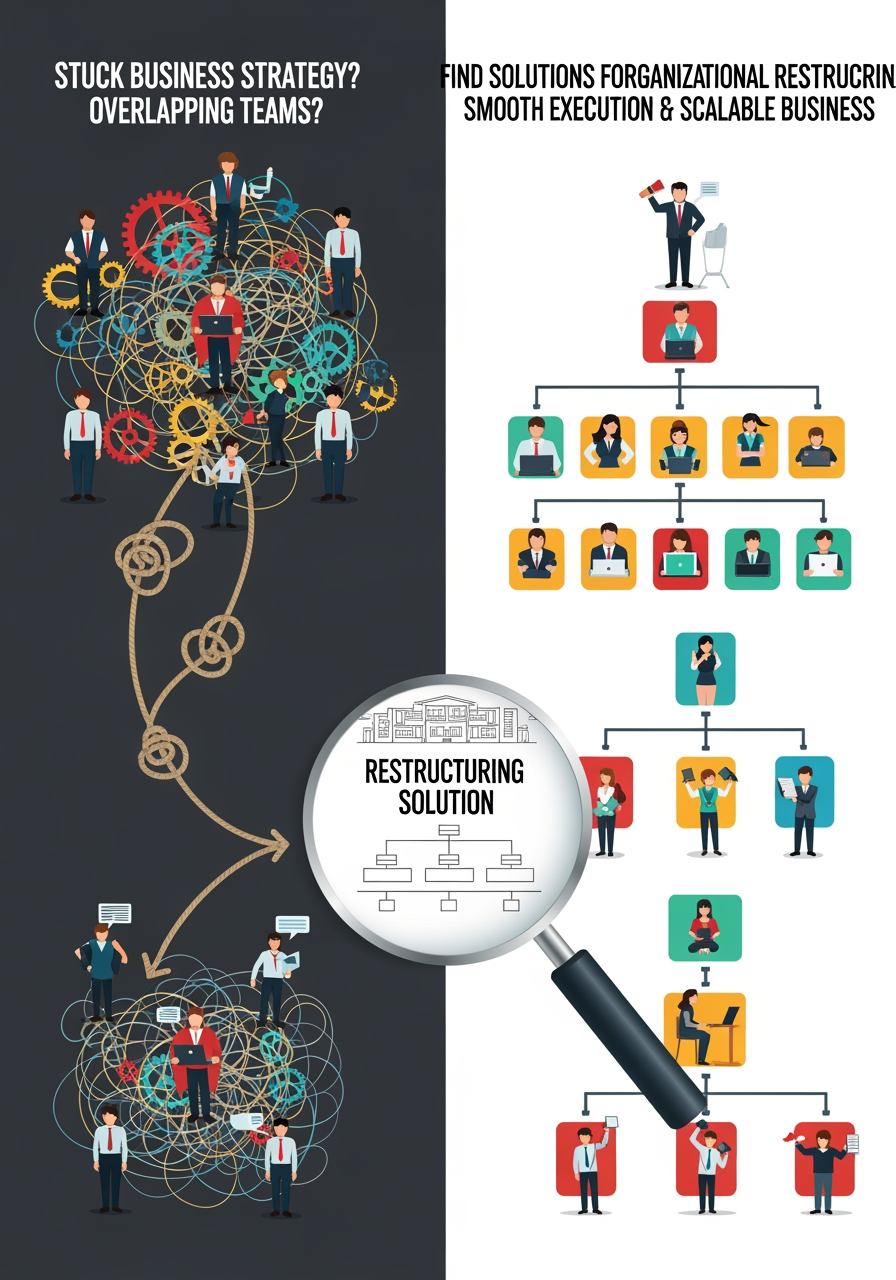Membuat WhatsApp Bot Otomatis dengan Python: Panduan Neonize
Pernahkah Anda bermimpi memiliki asisten pribadi di WhatsApp yang bisa merespons pesan secara otomatis? Atau mungkin Anda ingin mengotomatisasi beberapa tugas repetitif di WhatsApp untuk bisnis atau keperluan pribadi? Dalam artikel ini, saya akan memandu Anda step-by-step membangun WhatsApp bot yang powerful menggunakan Python dan library Neonize.
Apa yang Akan Kita Bangun?
Bot WhatsApp yang akan kita buat memiliki fitur-fitur canggih:
- Sistem Ping/Pong untuk testing koneksi
- Monitoring real-time dengan heartbeat system
- Echo command untuk testing komunikasi
- Integrasi WhatsApp dengan QR Code authentication
- Error handling yang robust
- Auto-reconnection untuk uptime 24/7
- Management kontak yang aman
- Akses privacy settings dan pengaturan chat
Mengapa Neonize?
Sebelum kita mulai coding, mari pahami mengapa saya memilih Neonize sebagai library utama:
Keunggulan Neonize:
- Pure Python - No need for external browser
- Async/Await Support - Modern Python best practices
- Lightweight - Minimal resource usage
- Active Development - Regular updates dan bug fixes
- WhatsApp Web API - Official protocol support
Perbandingan dengan Library Lain:
LibraryBrowser RequiredAsync SupportMaintenanceNeonize No Yes ActiveSelenium-based Yes Limited MediumPuppeteer Yes Yes Medium
Setup Environment
Prerequisites
Sebelum memulai, pastikan Anda memiliki:
- Python 3.8+
- WhatsApp account yang aktif
- Koneksi internet yang stabil
- Text editor atau IDE (VS Code recommended)
Installation
# Install Neonize pip install neonize # Atau jika menggunakan virtual environment (recommended) python -m venv whatsapp-bot source whatsapp-bot/bin/activate # Linux/Mac # whatsapp-bot\Scripts\activate # Windows pip install neonize
Architecture Deep Dive
Sebelum kita mulai coding, mari pahami arsitektur bot yang akan kita bangun:
┌─────────────────┐ ┌──────────────────┐ ┌─────────────────┐
│ WhatsApp │◄──►│ Neonize Bot │◄──►│ SQLite DB │
│ (QR Auth) │ │ (Event Driven) │ │ (Sessions) │
└─────────────────┘ └──────────────────┘ └─────────────────┘
▲
│
┌──────▼──────┐
│ Commands │
│ Handlers │
└─────────────┘
Event-Driven Architecture
Bot menggunakan event-driven pattern:
- ConnectedEv - Saat bot berhasil connect
- MessageEv - Saat menerima pesan
- PairStatusEv - Saat status pairing berubah
Implementasi Step-by-Step
Step 1: Basic Bot Structure
Mari mulai dengan struktur dasar bot:
import asyncio
import logging
from neonize.aioze.client import NewAClient
from neonize.events import ConnectedEv, MessageEv, PairStatusEv
# Initialize client dengan SQLite database
client = NewAClient("db.sqlite3")
@client.event(ConnectedEv)
async def on_connected(_: NewAClient, __: ConnectedEv):
print("Bot berhasil terhubung ke WhatsApp!")
@client.event(MessageEv)
async def on_message(client: NewAClient, message: MessageEv):
# Handler untuk pesan masuk
await process_message(client, message)
if __name__ == "__main__":
asyncio.run(client.connect())
Step 2: Command System
Implementasi sistem command yang fleksibel:
async def process_message(client: NewAClient, message: MessageEv):
# Skip pesan dari diri sendiri
if message.Info.MessageSource.IsFromMe:
return
# Extract text dari berbagai jenis pesan
text = extract_message_text(message)
if not text:
return
command = text.strip().lower()
# Command routing
if command == "ping":
await client.reply_message(" pong", message)
elif command == "help":
await show_help_menu(client, message)
elif command.startswith("echo "):
echo_text = text[5:] # Remove "echo "
await client.reply_message(f" {echo_text}", message)
Step 3: Error Handling & Resilience
Salah satu aspek terpenting adalah error handling yang robust:
async def safe_operation(operation, timeout=15):
"""Wrapper untuk operasi yang berpotensi error"""
try:
return await asyncio.wait_for(operation, timeout=timeout)
except asyncio.TimeoutError:
raise Exception(f"Operation timeout after {timeout} seconds")
except Exception as e:
raise Exception(f"Operation failed: {str(e)}")
async def download_contacts_safely():
"""Download kontak dengan multiple safety layers"""
max_retries = 3
for attempt in range(max_retries):
try:
contacts = await safe_operation(
client.contact.get_all_contacts(),
timeout=30
)
return process_contacts(contacts)
except Exception as e:
if attempt < max_retries - 1:
await asyncio.sleep(5)
continue
raise e
Step 4: Keep-Alive & Monitoring
Implementasi sistem monitoring untuk uptime 24/7:
async def keep_alive():
"""Heartbeat system untuk monitoring"""
heartbeat_count = 0
while True:
try:
if not is_connected:
await asyncio.sleep(5)
continue
heartbeat_count += 1
print(f" Heartbeat #{heartbeat_count}")
# Detail monitoring setiap 10 menit
if heartbeat_count % 10 == 0:
print(f" Uptime: {heartbeat_count} minutes")
await asyncio.sleep(60)
except Exception as e:
print(f" Heartbeat error: {e}")
await asyncio.sleep(30)
Challenge yang Saya Hadapi
Dalam proses development, saya menghadapi beberapa challenge menarik:
1. Contact Download Crash
Problem: Library neonize crash saat mengakses contact list yang kosong
panic: runtime error: index out of range [0] with length 0
Solution: Implementasi safety mechanism:
# Disable auto-download pada startup # Tambah warning system untuk manual download # Multiple validation layers
2. Event Loop Management
Problem: Bot berhenti setelah QR scan selesai Solution: Concurrent tasks dengan proper cleanup:
async def main():
connect_task = asyncio.create_task(client.connect())
keep_alive_task = asyncio.create_task(keep_alive())
done, pending = await asyncio.wait(
[connect_task, keep_alive_task],
return_when=asyncio.FIRST_COMPLETED
)
3. Session Persistence
Problem: Perlu re-scan QR setiap restart Solution: SQLite session management otomatis
Performance & Monitoring
Bot yang kita bangun dilengkapi monitoring comprehensive:
Metrics yang Ditrack:
- Connection Status - Real-time connection monitoring
- Message Processing Time - Latency tracking
- Error Rate - Error frequency analysis
- Uptime - 24/7 availability tracking
- Command Usage - Popular command analytics
Logging System:
# Structured logging dengan multiple levels
logging.basicConfig(
level=logging.INFO,
format='%(asctime)s - %(levelname)s - %(message)s'
)
# Custom log untuk business logic
def log_command_usage(command, user, timestamp):
print(f" Command '{command}' used by {user} at {timestamp}")
Security Best Practices
1. Input Validation
def sanitize_input(text):
# Remove dangerous characters
# Limit message length
# Validate command format
return clean_text
2. Rate Limiting
# Prevent spam dengan rate limiting per user
user_last_command = {}
RATE_LIMIT_SECONDS = 2
async def check_rate_limit(user_id):
now = time.time()
if user_id in user_last_command:
if now - user_last_command[user_id] < RATE_LIMIT_SECONDS:
return False
user_last_command[user_id] = now
return True
3. Data Privacy
- Tidak menyimpan isi pesan
- Hash user IDs untuk analytics
- Auto-cleanup database lama
Deployment & Production
Local Development
python bot.py
Production Deployment
Untuk production, pertimbangkan:
- Docker Container
FROM python:3.9-slim WORKDIR /app COPY requirements.txt . RUN pip install -r requirements.txt COPY . . CMD ["python", "bot.py"]
- Process Manager
# Menggunakan PM2 untuk Node.js atau systemd # Restart otomatis jika crash # Log rotation
- Monitoring
- Health check endpoints
- Prometheus metrics
- Grafana dashboard
Advanced Features
Custom Extensions
Bot dirancang modular untuk easy extension:
# Plugin system untuk fitur tambahan
class BotPlugin:
def __init__(self, client):
self.client = client
async def handle_command(self, command, message):
# Custom command logic
pass
# Weather plugin example
class WeatherPlugin(BotPlugin):
async def handle_command(self, command, message):
if command.startswith("weather "):
city = command[8:]
weather_data = await get_weather(city)
await self.client.reply_message(weather_data, message)
Database Integration
# Advanced database operations
import sqlite3
class BotDatabase:
def __init__(self, db_path):
self.db_path = db_path
self.init_tables()
def log_message(self, user_id, command, timestamp):
# Analytics tracking
pass
def get_user_stats(self, user_id):
# User usage statistics
pass
Tips & Best Practices
1. Testing Strategy
# Unit testing untuk command handlers
import pytest
@pytest.mark.asyncio
async def test_ping_command():
response = await handle_ping_command(mock_message)
assert "pong" in response.lower()
2. Configuration Management
# Environment-based configuration
import os
class Config:
DATABASE_PATH = os.getenv('DB_PATH', 'db.sqlite3')
LOG_LEVEL = os.getenv('LOG_LEVEL', 'INFO')
HEARTBEAT_INTERVAL = int(os.getenv('HEARTBEAT_INTERVAL', '60'))
3. Graceful Shutdown
import signal
def signal_handler(signum, frame):
print(" Graceful shutdown initiated...")
# Cleanup logic
# Save state
# Close connections
sys.exit(0)
signal.signal(signal.SIGINT, signal_handler)
Kesimpulan
Membangun WhatsApp bot dengan Python dan Neonize ternyata sangat menyenangkan dan powerful! Kita telah berhasil membuat:
Bot yang stabil dengan error handling comprehensive
Command system yang fleksibel dan extensible
Monitoring system untuk uptime 24/7
Security features untuk production-ready deployment
Modular architecture untuk easy maintenance
Key Takeaways:
- Error handling adalah kunci utama stabilitas
- Event-driven architecture membuat bot responsif
- Monitoring essential untuk production deployment
- Security tidak boleh diabaikan
- Documentation penting untuk maintainability
Next Steps:
- Clone repository dan coba sendiri
- Customize sesuai kebutuhan Anda
- Deploy ke production dengan monitoring
- Contribute ke open source community
Happy coding!
Bagaimana pengalaman Anda membangun WhatsApp bot? Apakah ada challenge lain yang Anda hadapi? Mari diskusi di comment section!


